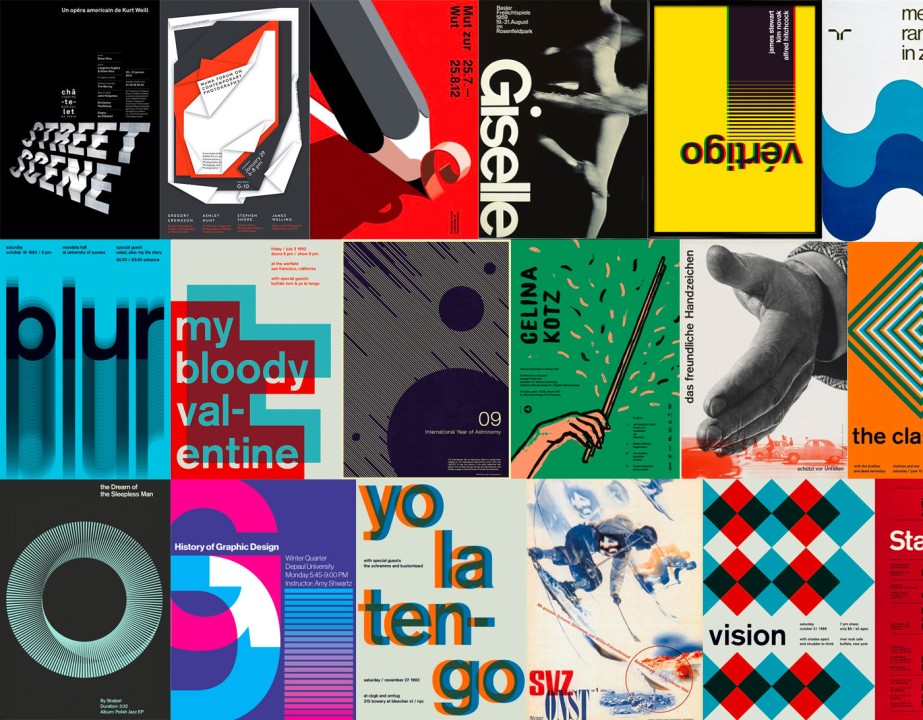
The Great Influence of Swiss Design
After World War II's hiatus, a new graphic design style emerged in Switzerland in the 1950s. A Swiss design is an approach to graphic design that had great strength and impact for more than two decades, even going so far as to have a significant influence on graphic and digital design today.
Its beginnings go back to the De Stijil movement, the Bauhaus school, and the typefaces of the 20s and 30s. Its radically simplified and sober language was made to raise the communication quality of the graphic pieces. His goal was to communicate the content as the primary purpose while maintaining control of the layout in the process.
This style contains the following principles:
- Asymmetry: The unity of the design is achieved through the asymmetry in the composition.
- Grid: The use of a typographic grid and a mathematical grid.
- Typography: Use of sans-serif fonts for clean reading.
- Photography: A style with a preference for photography rather than illustrations, as an authentic record of things.
The content in Swiss design was presented clearly and objectively, using sans serif fonts such as Akzidenz Grotesk or Helvetica. Some of the first designers of this style presented typography as the main element in addition to its use as a text, but keeping a minimalistic sense, like the Italian designer Massimo Vignelli mentioned:
"I don't think that type should be expressive at all. I can write the word 'dog' with any typeface, and it doesn't have to look like a dog. But there are people that [think that] when they write 'dog' it should bark."
Among its other exhibitors we have: Ernst Keller, Armin Hofmann, Josef Müller-Brockmann, Carlo Vivarelli and Siegfried Odermatt.
Many of these visual features have become so common in digital design that we no longer consider them distinctively Swiss. The importance of the content, the precise use of typography, minimalism or white space, and the grid that comes as a dependency of the programming systems are some characteristics that have been efficiently replicated.
With simple research, we can find how Swiss design has ignored fads and carried out concepts beyond the formal presentation. Its precise execution and exciting history are excellent opportunities to learn about great design principles and, inevitably, its global influence.
Thanks for reading.